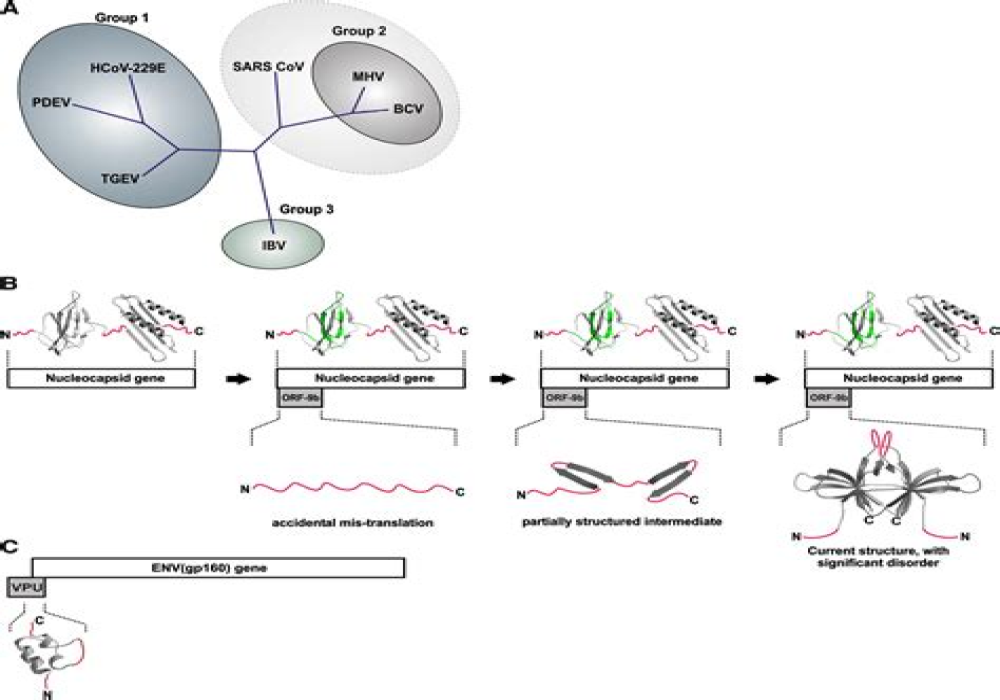.J Immunol 2014 Sep 15;193(6):3080-9. doi: 10.4049/jimmunol.1303196. Epub 2014 Aug 18.
Chong-Shan Shi 1, Hai-Yan Qi 2, Cedric Boularan 1, Ning-Na Huang 1, Mones Abu-Asab 3, James H Shelhamer 2, John H Kehrl 4
Abstract
Coronaviruses (CoV) have recently emerged as potentially serious pathogens that can cause significant human morbidity and death. The severe acute respiratory syndrome (SARS)-CoV was identified as the etiologic agent of the 2002-2003 international SARS outbreak. Yet, how SARS evades innate immune responses to cause human disease remains poorly understood. In this study, we show that a protein encoded by SARS-CoV designated as open reading frame-9b (ORF-9b) localizes to mitochondria and causes mitochondrial elongation by triggering ubiquitination and proteasomal degradation of dynamin-like protein 1, a host protein involved in mitochondrial fission. Also, acting on mitochondria, ORF-9b targets the mitochondrial-associated adaptor molecule MAVS signalosome by usurping PCBP2 and the HECT domain E3 ligase AIP4 to trigger the degradation of MAVS, TRAF3, and TRAF 6. This severely limits host cell IFN responses. Reducing either PCBP2 or AIP4 expression substantially reversed the ORF-9b-mediated reduction of MAVS and the suppression of antiviral transcriptional responses. Finally, transient ORF-9b expression led to a strong induction of autophagy in cells. The induction of autophagy depended upon ATG5, a critical autophagy regulator, but the inhibition of MAVS signaling did not. These results indicate that SARS-CoV ORF-9b manipulates host cell mitochondria and mitochondrial function to help evade host innate immunity. This study has uncovered an important clue to the pathogenesis of SARS-CoV infection and illustrates the havoc that a small ORF can cause in cells.
For More Information: https://pubmed.ncbi.nlm.nih.gov/25135833/
